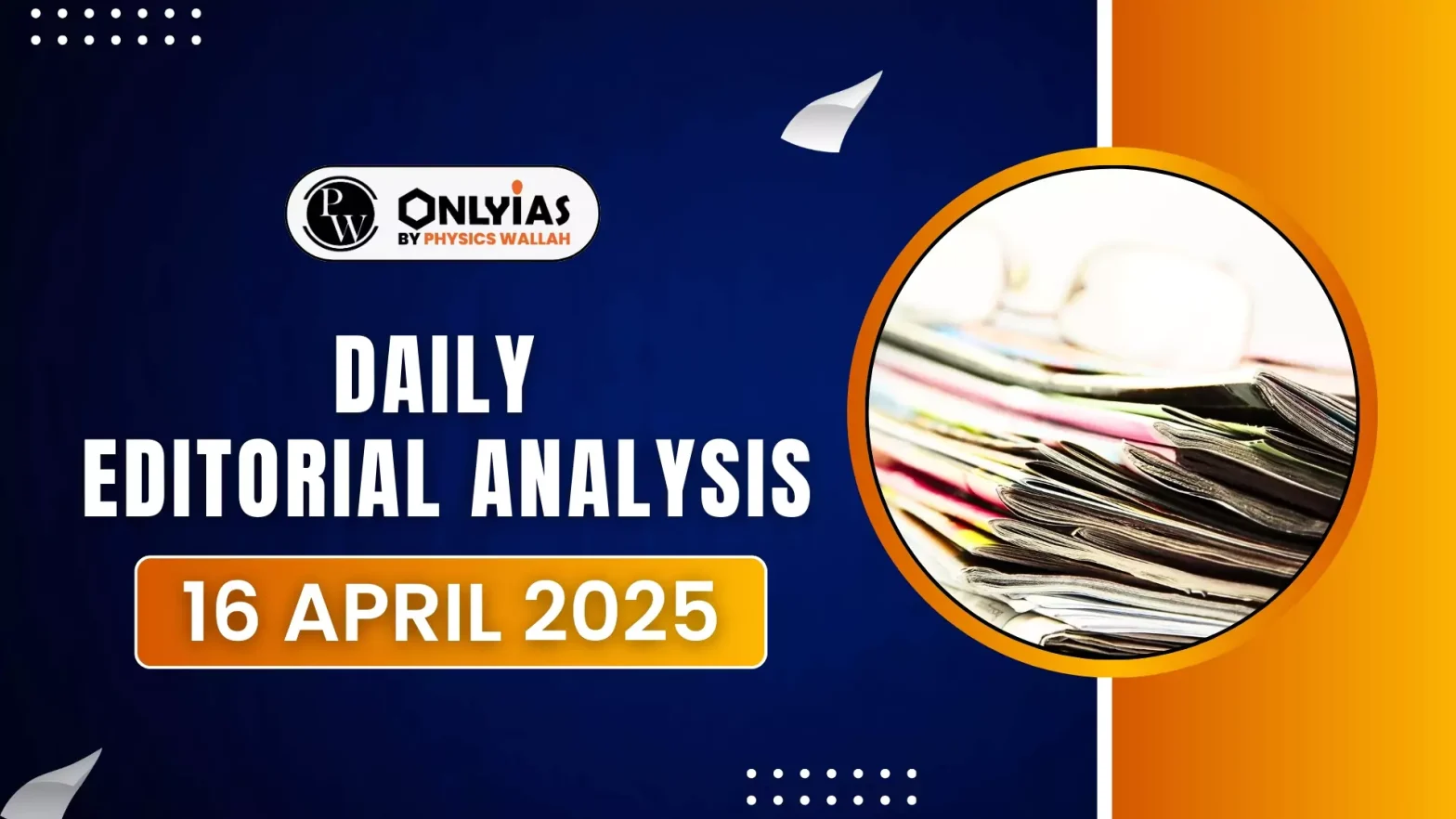India’s energy experts have stressed the importance of integrating hydrogen production and nuclear power to meet rising energy demand.
Achieving Net-Zero Economy
- Electrification: The goal of a net-zero economy requires significant electrification of energy end uses. Fossil fuels are currently used not only for electricity generation but also to provide heat and molecules for industrial processes.
- Examples: Carbon from coal is used in steel production to reduce iron ore.Hydrogen from natural gas is used to produce ammonia for fertilizers.
- Net-zero economy: This involves replacing fossil fuels with electrification and hydrogen for industrial processes.
- Rising Electricity Demand: Electricity demand in India is expected to rise significantly to meet net-zero emissions goals. While solar, wind, and hydro power sources are essential, they are not sufficient to meet all electricity demands.
- Nuclear power is a necessary part of India’s future energy mix to meet its goals.
Nuclear Power in India
- Aspirational target: The Government of India aims for 100 GW of nuclear power installed capacity by 2047. Nuclear Power Corporation of India Limited (NPCIL) has set an ambitious programme to build more 700 MW Pressurized Heavy Water Reactors (PHWRs).
- Current status: Two units are operational at Kakrapar in Gujarat, One unit in Rajasthan was synchronised to the grid in March 2025, with another under commissioning.
- Two units are planned in Haryana and a total of 26 units of 700 MW reactors planned, with 10 more reactors announced in 2023.
- Public Sector Participation: Several public sector undertakings, including Indian Railways, are exploring the use of nuclear power plants for their operations.
- Bharat Small Reactors (BSRs): NPCIL has invited industry proposals for the development of 220 MW PHWRs, known as Bharat Small Reactors (BSRs), for captive use. These reactors are part of NPCIL’s effort to innovate with its existing technology.
- Self-Sufficiency: India’s industry is capable of manufacturing all equipment and components needed for PHWRs, making the country self-reliant in nuclear power technology.
- Role of Low-Carbon Sources: The share of electricity generated from low-carbon sources (hydro, nuclear, solar, and wind) is expected to increase in the coming years.
- Solar and wind are intermittent, requiring balancing solutions.
- Nuclear is best suited as a base load power source, ensuring a stable supply of electricity.
Challenges with Flexing Nuclear Power Plants
- Flexing Coal-Fired Plants: Currently, coal-fired power plants are “flexed” during solar hours to balance supply and demand, helping lower carbon emissions from electricity generation.
- As the energy mix becomes low-carbon, new solutions will be required to balance supply and demand.
- High capital cost: Nuclear plants are expensive to build, and flexing these plants may not be desirable.
- Lower variable cost: Nuclear power has a lower variable cost compared to coal, but flexing reduces efficiency.
- Technical challenges: Flexing nuclear plants is technically complex and may not be cost-effective. Operating at low power could keep the variable cost unchanged or only slightly reduced, making it economically unfeasible.
Way Forward
- Electrolysers: A practical solution is to use electrolysers to produce hydrogen when there is surplus electricity in the system.
- Electrolysers can be connected to the grid and operated at varying power levels, enabling demand shaping without needing to flex nuclear plants or curtail solar and wind output.
- This solution helps reduce electricity storage requirements, addressing the issue of costly storage systems for large-scale solar and wind integration.
- Green Hydrogen: Green hydrogen is defined as hydrogen produced using solar and wind energy through electrolysis. The government has provided incentives for green hydrogen and has drafted a certification scheme.
- Electrolytic and biomass-based hydrogen with CO2 emissions not exceeding 2 kg CO2/kg H2 is considered green.
- Reclassification of Hydrogen: It is proposed that the term “green hydrogen” be changed to “low-carbon hydrogen” based on a carbon emissions threshold.
- This reclassification would allow nuclear power to be included under the low-carbon hydrogen category, making nuclear an integral part of the low-carbon hydrogen value chain.
- Change in Hydrogen Taxonomy: Reclassify green hydrogen as low-carbon hydrogen. This redefinition would allow nuclear power to be considered as a source of low-carbon hydrogen, thus broadening the scope of sustainable hydrogen production.
- Integration: Integrate electricity storage with hydrogen production systems. This synergy would allow for better utilization of surplus electricity from intermittent sources like solar and wind, improving the economic viability of both technologies.
Conclusion
By synergizing electricity storage and hydrogen production and redefining hydrogen as low-carbon hydrogen, India can improve its energy system’s efficiency and cost-effectiveness, accelerating its transition to a net-zero economy.
![]() 16 Apr 2025
16 Apr 2025

